
OR
As Nepal and China celebrate 65 years of friendship, a great deal of work lie ahead of us
Published On: August 1, 2020 10:10 AM NPT By: Dr Mahesh K Maskey
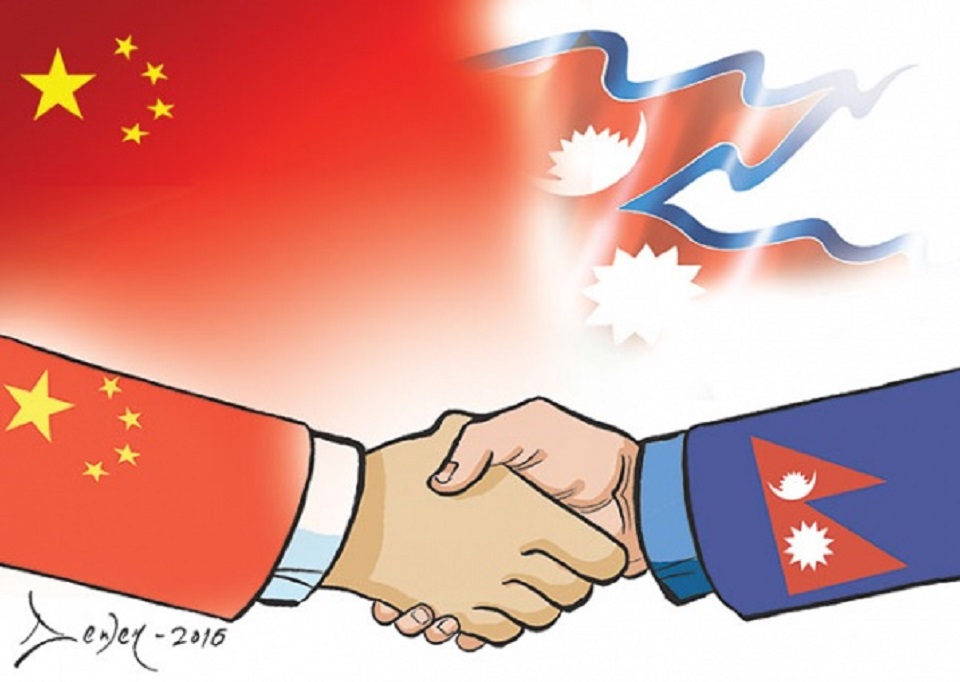

Dr Mahesh K Maskey
The author, former Ambassador of Nepal to China, is also a former Vice President of International Physicians for Prevention of Nuclear Warnews@myrepublica.com
China has a strong leadership and reassured stability to deal with various challenges it faces today. China’s stability is also a great boost for Nepal’s dream for peace and prosperity.
The Federal Democratic Republic of Nepal and the People’s Republic of China are celebrating 65 years of the establishment of diplomatic relations. These 65 years have been momentous in the history of both countries. China and Nepal have made transition to republic from a feudal system, and took determined efforts to come out of direct and indirect colonial influences.
China, in particular, has become a beacon of light for many resource constrained developing countries. Its model of socio-economic development evolved with changing circumstances. Nepal has also become exemplary in health and environmental conservation, while striving to graduate to a middle income country. Nepal and China both aspire to build socialist systems with their own characteristics.
During these transitions, both countries have deepened friendship and explored new avenues for cooperation. They have amicably settled border issues. Nepal has stood for One China Policy in spite of external pressures, and has won the trust and respect of China. The Tibet Autonomous Region, China’s one of the most sensitive and important regions, borders with Nepal. The way Nepal and China have maintained peace across these sensitive borders is no small achievement. On the other hand, China has always stood for the sovereignty and territorial integrity of Nepal, and has been a true friend at the time of need. The visits of many top leaders of both countries over the past decades have further strengthened our cooperation and taken our friendship to a new height. The recent visits of PresidentBidya Devi Bhandari to China and President Xi Jinping to Nepal, and various agreements inked during those visits, particularly the multi-dimensional trans-Himalayan connectivity, have laid another milestone in our journey to shared prosperity.
Cultural ties
Achievements in avoiding conflict and fostering understanding between the people of the two countries means that Nepal-China relations are “problem free” and “everlasting”. These qualities of friendship do not apply to the last sixty five years only. Nepal and China are connected by the majestic Himalayas and great rivers; and the people of these two countries are related from prehistoric times. The Kathmandu Valley culture has preserved the mythical legend of Manjushree (Wen Su in China) who is said to have come to Nepal from Wutai mountain of China to worship the self-created fire of Swayambhunath over the lake that was Kathmandu Valley at that time. A gorge cut in Chovar to drain the water of the lake is credited to him. He is also said to have erected the stupa of Swayambhunath over the hill from where the fire was emanating. Popular legend ascribes to Manjushree the establishment of the first human settlement in the Valley by the name of “Manjupattan” in a shape that was similar to his sword. In successive centuries, the settlement evolved as Kathmandu city, but it is said that the chariot pulling festivals of Kathmandu revolve round the same contours of the ancient city to this date.
Myths aside, anthropologists of various hues have shed light on the migrating stream of people from north-east of Tibeto-Burmees-Mongoloid stock and from north-west “KHASA” people of Central Asia and West China origin. They intermingled with indigenous Kirat people of Nepal. Kathmandu Valley, in particular, being the melting pot of these different streams constituting the Newar people, which is more of a community rather than an ethnic group. Recent researches have pointed out that the genetic constitution of some Newar people is similar to the people of China’s Yellow River basin.
Moreover, Buddhism played a great role in bringing Nepal and China close culturally. Buddhism is one of the three important philosophies in China; the other two being Daoism and Confucianism. Lumbini, the birth place of Lord Buddha, was known to Chinese pilgrims from around the first century AD. While scholar monks of China such as Tseng Tsai, Fa Xian, Xuan Zhang visited Lumbini, and even Kathmandu, Master Buddhabhadra (Batuo) of Nepal went to China around fifth century AD, and worked as the first abbot in Shaolin Temple and was one of the key figures in propagating ‘dhyan’ Buddhism which became famous in China as ‘Cha’n Buddhism. The same stream became ‘Zen’ Buddhism when it reached Japan.
During my time as ambassador to China, I had the great honor and privilege to hear from leading Buddhist monks about venerable master Buddhabhadra’s contributions to Chinese Buddhism.
Bhrikuti (Khri b Tsun) and Araniko (Anige) contributed tremendously in spreading Buddhist religion, culture, art and crafts in Tibet and China. Ranjana script (Lanza) of Nepal can be seen in many Buddhist temples in China and Thangka paintings were inspired by Pauva paintings of Newars. These ancient cultural ties are being strengthened today through Nepal and China cultural festivals and exchanges organized every year.
Ancient Silk Road and Nepal
The Belt and Road Initiative (BRI) is primarily a revival of ancient silk roads in the modern era that had crossed lands and maritime routes. Nepal was a part of that route and researchers have claimed at least three silk roads have passed through Nepal. Based on recent findings about the mummies in the caves of Mustang, a Cambridge University scholar, Margarita Gleba and Susan Heide of Mukogawa University of Japan, have suggested the existence of the roads. These south-west bent silk roads seem to be influenced by pilgrimage to Lumbini, apart from trade of silk, wool, salt, gold and rice between China and India through Nepal. It is suggested that these roads may have been in operation through highland passes to Lumbini and Kapilvastu of Nepal as well as Buddhist holy places and universities around the Gangetic basin of the then Magadha kingdom of India as early as the time when main route of silkroad was trading west to Central Asia, Middle East and Europe.
The mask of the mummies dated around fourth century AD were made by Chinese silk and Indian dyes, an evidence that the most ancient and frequent route of the three, the Mustang and Kaligandaki corridor enjoyed a lively trade linking China and India. Of the other two, closer to Kathmandu appears to be traversed by Chinese Envoy Wang HuenTse (643 AD), and by great artisan Arniko (13th century AD). The third one is from Humla/Jumla during the time of KhasMalla Empire (12-15th AD). In modern times, China, Nepal and India economic corridor may serve as a revival of this great tradition.
Enduring political ties
It was the year 2012, the year of the Dragon, when I went to China as Nepal’s ambassador. Chinese people believe something important happens in the year of the Dragon, and they were not wrong. It was the coming of Xi Jinping as the leader of communist party and the Chinese state. During my tenure in China, I could witness the rise of President Xi Jinping and his visionary leadership to bring the People's Republic of China to the center stage of world politics. Articulation of Chinese dreams of national rejuvenation and common prosperity of all is central to this vision. The BRI, his signature project, changed the development discourse and reshaped the world order. His ideas on guiding socialism with Chinese characteristics in the new era has developed into a coherent set of guiding thought ascribed to his name. His recent handling of COVID-19 pandemic also earned praise. China has a strong leadership and reassured stability to deal with various challenges it faces today. China’s stability is also a great boost for Nepal’s dream for peace and prosperity.
As we look back in history, the political scenario was quite different when the diplomatic relation was established between Nepal and China. It was a time of the post-world war II rethinking, realignment and reconstruction. The colonial fascist powers were defeated and colonies had won independence through decisive struggles. The United Nations and its Charter had already come into existence. There was a strong sentiment to oppose colonialism and to find a new balance of international relationship at the initiative of the newly independent countries. In 1954, at the initiative of China and India and Myanmar, the Five Principles of Peaceful Co-existence or Panchasheela, came into existence which was expanded to 10 principles of Bandung Conference a year later. In this backdrop, a few months after the Bandung Conference, Nepal and the People’s Republic of China tied a diplomatic knot on August 1, 1955. The joint communique for the establishment of diplomatic relations was inked by a delegation of the government of the People’s Republic of China, led by a senior diplomat, General Yuan Zhongxian, the then Ambassador of China to India, and Nepali delegation was led by the Principal advisor Gunja Man Singh.
This historical document delineates the five principles (Panchasheela) as the basis of the friendly relations between the two countries: Mutual respect for each other’s territorial integrity and sovereignty, non-aggression, non-interference in each other’s internal affairs for any reason of economic, political or ideological character, equality and mutual benefit and peaceful coexistence. I remember President Xi’s words during a high-level meeting with Prime Minister KP Oli in 2016: “It is because of these principles we do not have any problem in Nepal-China relationship”.
Agreements, treaties and economic cooperation
Many treaties, agreements and MoUs were signed after the establishment of diplomatic relations between the two countries. On September 20, 1956, both sides signed “An Agreement to Maintain the Friendly Relations between the People's Republic of China and Kingdom of Nepal on Trade and Intercourse between Nepal and the Tibet region of China”. Treaty of Peace and Friendship was signed on April 28, 1960. An agreement on the Boundary between the two countries was signed on March 21, 1960 and the Signing of Boundary Treaty between the People's Republic of China and Kingdom of Nepal was done on October 5, 1961. An agreement on highway construction was signed on October 15, 1961. Eight agreements, including Agreement on Cultural Cooperation and Agreement on Economic cooperation, were signed on January 14, 2012 during the visit of Premier WenJiabaoto Nepal.
A historic agreement on Trade and Transit was signed in 2016 on the occasion of Prime Minister KP Oli’s visit to China, along with nine other agreements and a 15-point joint statement. It is to be noted that these agreements acknowledged in principle the framework of cooperation of the Belt and Road Initiative, which was formally signed in 2017. An agreement on Transit Protocol was signed along with six other agreements during the visit of President Bhandari to China in 2018. Multidimensional trans-Himalayan connectivity between Nepal and China was introduced as a resolution in the same BRI congress. Twenty agreements and MoUs were signed during the visit of President Xi Jinping to Nepal in 2019.
The construction of Kathmandu-KodariAraniko Highway started in 1963. This friendship highway had a huge role in promoting trade and commerce between Nepal and China. After establishing trade relations via road, air and oceanic route, the trade between Nepal and China took a much faster pace, and at present the volume of Nepal and China trade is 1.7 billion USD. China tops the list among bilateral development partners for total aid to Nepal.
Tourists from China are also increasing, and it has become the second biggest country to send tourists to Nepal. Construction of a cross border railway is another ambitious plan which has captured the imagination of Nepali people. It may need tremendous effort and care not only because of the forbidding terrain, but also to ensure that adequate environmental caution is taken during that process and that the fruit of this connectivity goes first and foremost to the local people along the way, particularly those who are in the low economic ladder.
A friend in need
Both countries have always supported and helped each other as trusted friends. On April 25, 2015, the 7.9 Richter Scale earthquake hit Nepal, and it was one of the worst disasters in her history. During such trying times, the Chinese government and the people immediately came forward to support Nepal's effort in rescue and relief operations, and in the prevention of impending epidemics. China made a commitment of about 48 billion Nepali rupees grant support, the highest offered by any country. At the time of Indian embargo, Nepalis remember the support and help from China, particularly in the supply of petroleum. The recent support to deal with the COVID-19 pandemic is another great example of China as a friend that Nepal can count on. Nepal is now a part of the “Health Silk Road” project as discussed between the Foreign Ministers Pradeep Kumar Gyawali and Wang Yi last month.
China's peaceful rise is being achieved through friendly relations with the neighboring countries, and Nepal's friendship is equally important to reach to her destination. Nepal also aspires for peace and prosperity, a common aspiration of both the countries. The two countries are undergoing many new challenges, and therefore, it is imperative that both the countries strive to foster their understanding and deepen friendship. In this sixty fifth year celebration of the establishment of Nepal-China diplomatic relations, I hope and wish that the mutual cooperation between the two countries, and their people, would be more intimate and productive, and both countries will take giant strides towards their respective destinations.
Maskey is former ambassador of Nepal to China
You May Like This
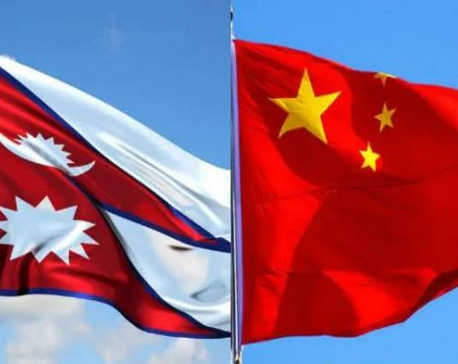
Why does Nepal matter for China?
Nepal has historically strong relations with China. In fact, many Nepalis have little knowledge about Nepal’s relation with Tibet and... Read More...
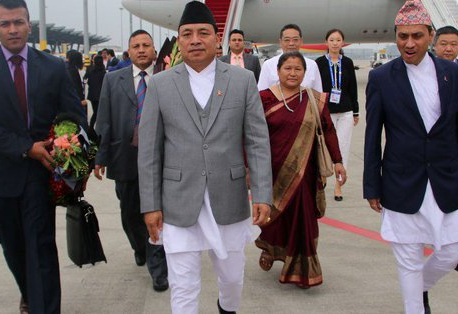
Nepal committed to One China Policy: VP Pun
KATHMANDU, Sept 20: Vice President Nanda Bahadur Pun has expressed commitment that Nepal was committed to the One China Policy. Read More...

Nepal-China third consultative meeting tomorrow
KATHMANDU, Sept 4: The third meeting of the officials of Nepal and China to give final shape to the protocol of... Read More...



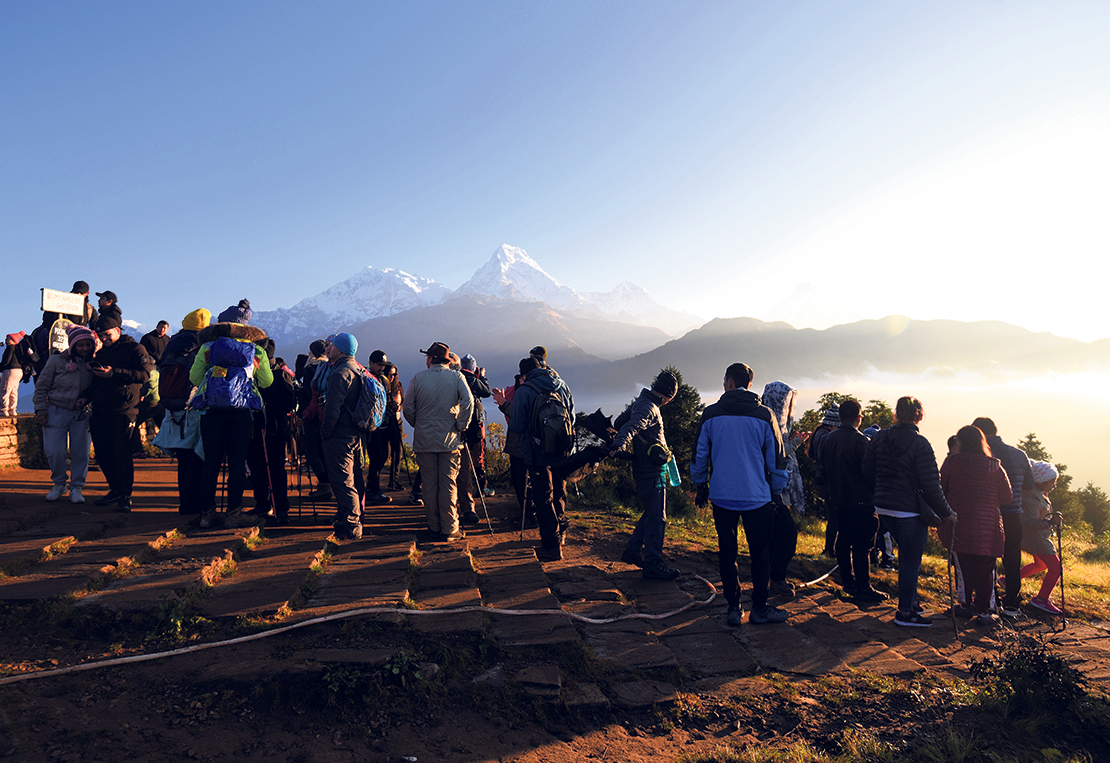

Just In
- Godepani welcomes over 31,000 foreign tourists in a year
- Private sector leads hydropower generation over government
- Weather expected to be mainly fair in most parts of the country today
- 120 snow leopards found in Dolpa, survey result reveals
- India funds a school building construction in Darchula
- Exploring opportunities and Challenges of Increasing Online Transactions in Nepal
- Lack of investment-friendly laws raises concerns as Investment Summit approaches
- 550,000 people acquire work permits till April of current fiscal year









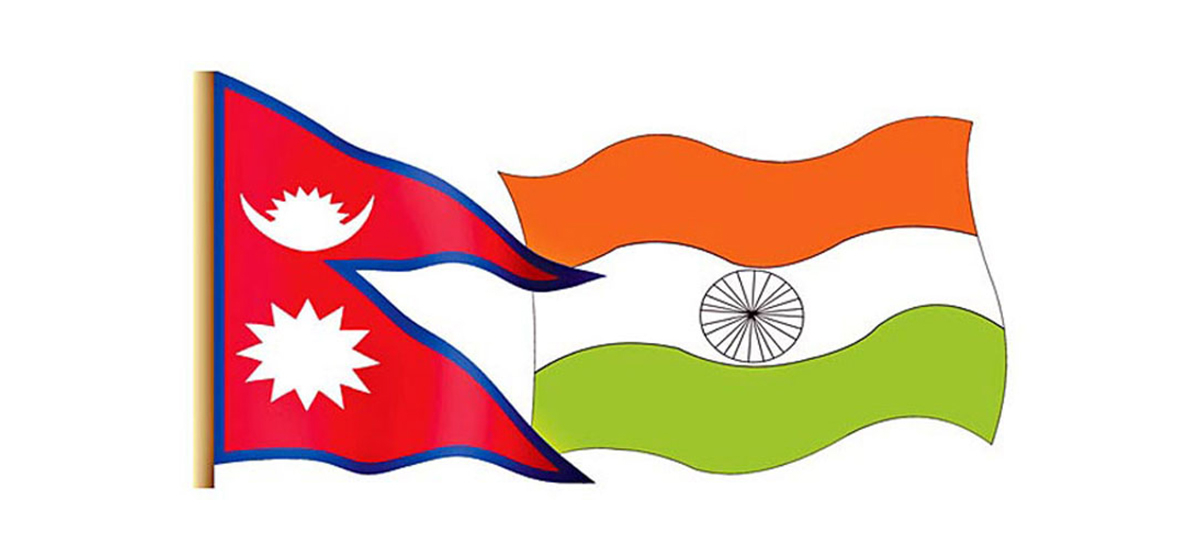

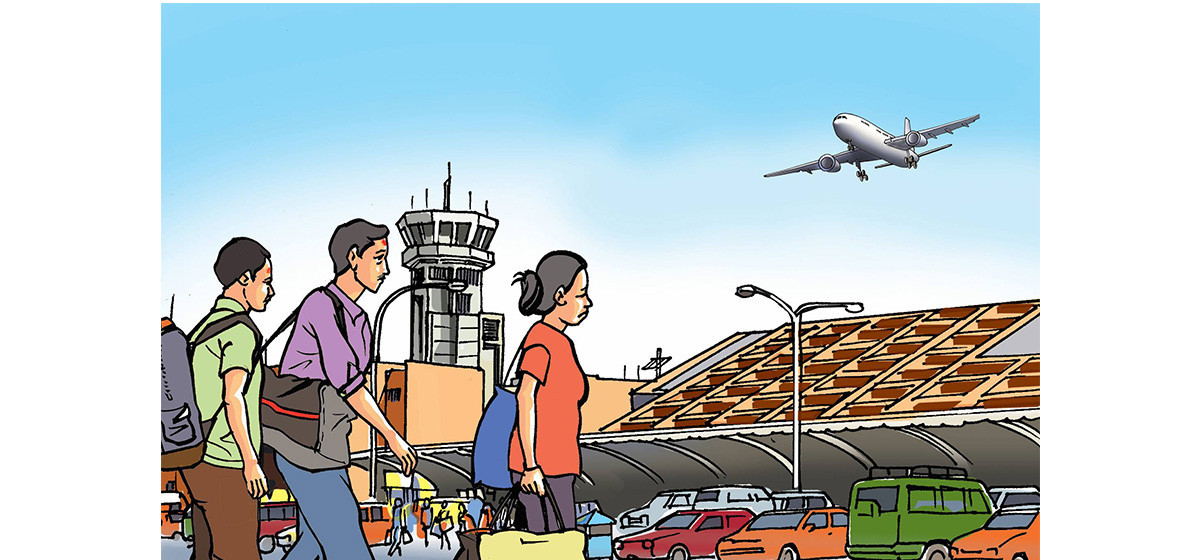

Leave A Comment